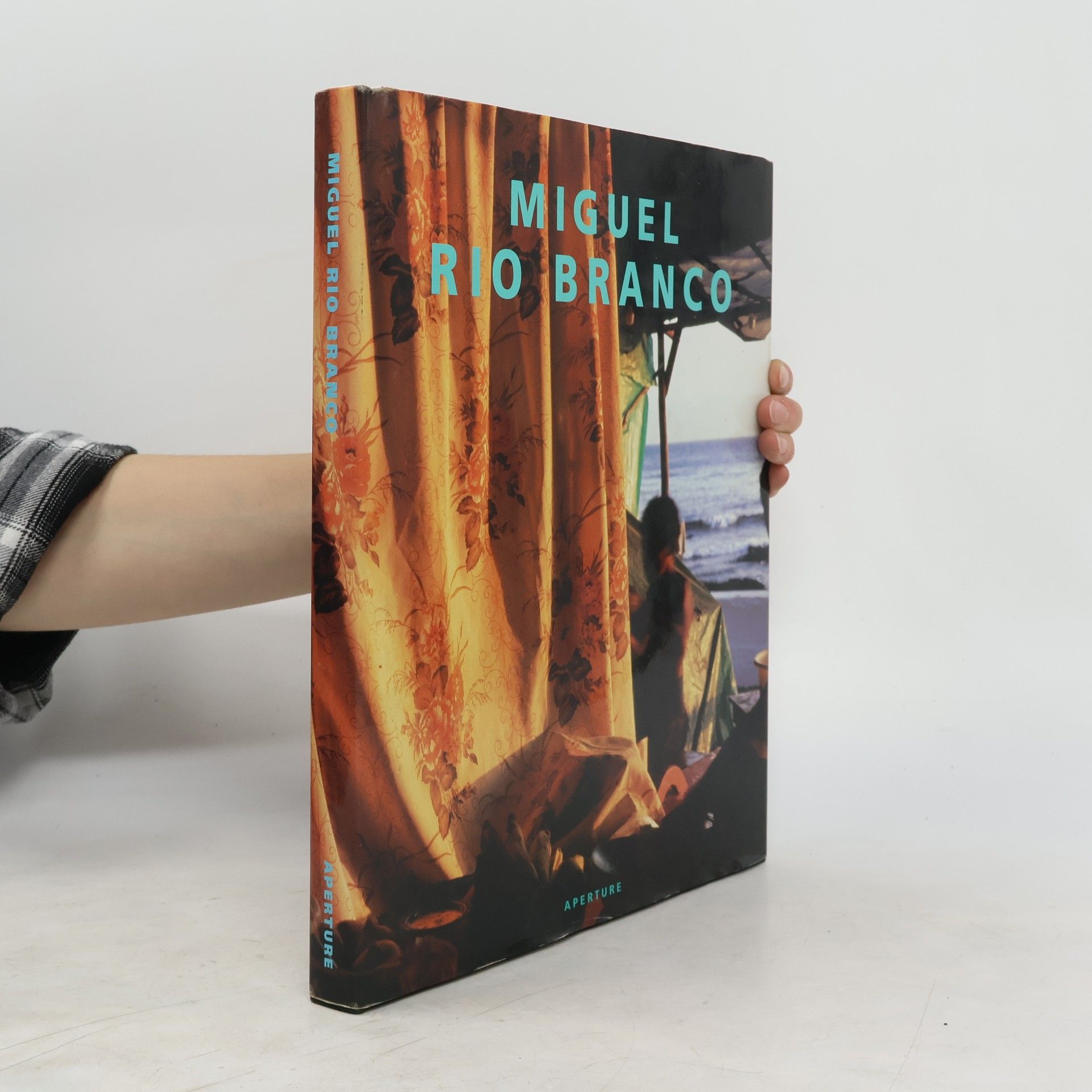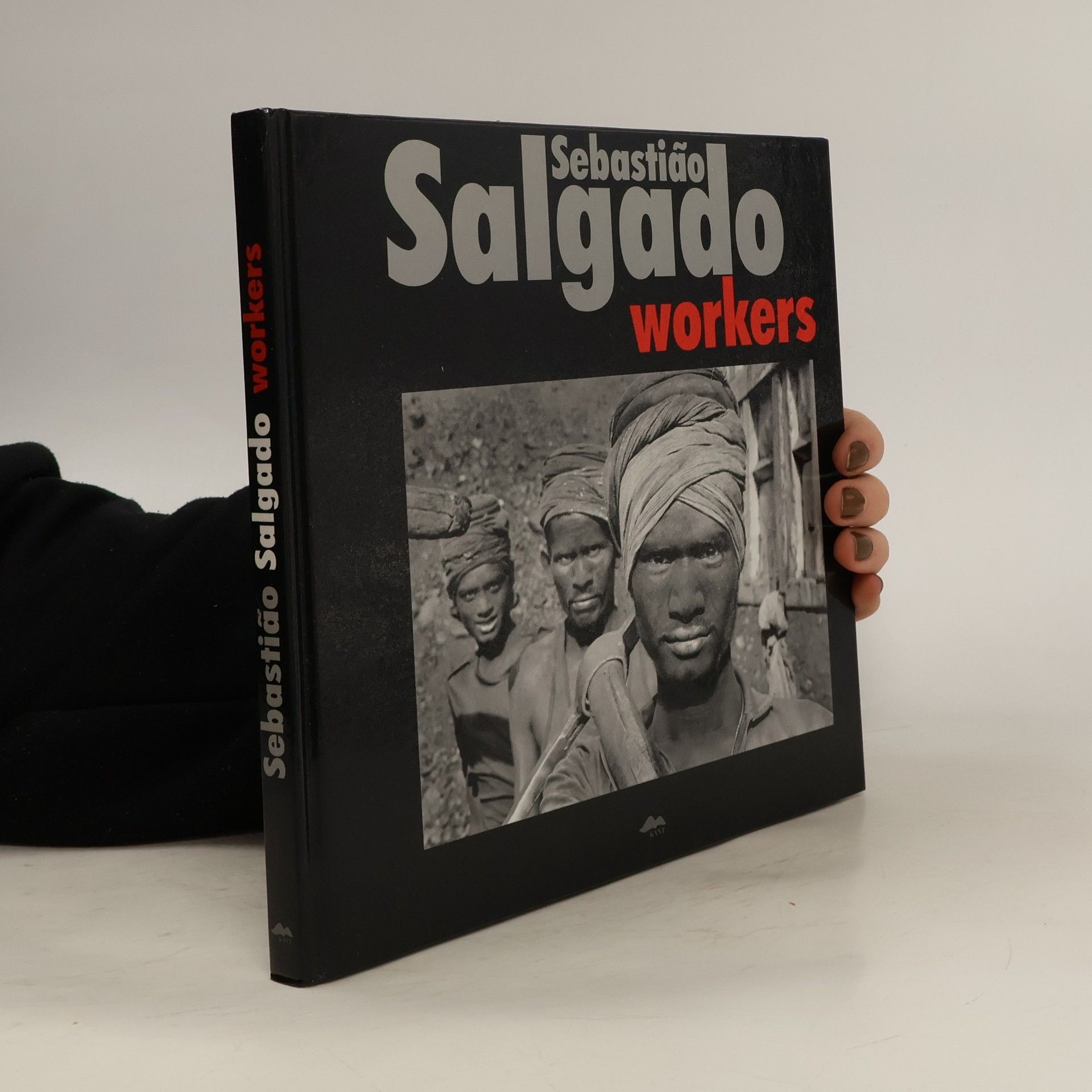Sebastião Salgado's Workers is an elegy to the manual laborers of the industrial age in the fields of agriculture, mining, oil, construction, food and industry. Salgado's powerful images of tea pickers in Rwanda, dam builders in India, steelworkers in France and the Ukraine, sugarcane harvesters in Brazil, assembly-line workers in Russia and China, sulfur miners in Indonesia and others pay moving tribute to the working people who, in Salgado's portrayal, have maintained their dignity under the harshest of conditions. Made over a period of six years, the 250 photographs comprising the series were first exhibited in 1993; for this publication, the project's original curator, Lelia Wanick Salgado, has narrowed the selection down to 81 photographs. A classic photobook, Workers offers an affirmation of the enduring spirit of working women and men.
Lélia Wanick Salgado Knihy



The long-awaited first retrospective of the Brazilian photographer Miguel Rio Branco.The deep, succulent color of Miguel Rio Branco's images reflects the richness and complexities of contemporary Latin America; Rio Branco has received wide acclaim for his projects on boxers, Brazilian children, and Cuba. Through his mastery of layering with both color and light, Rio Branco reveals hidden and forbidden segments of his surroundings, illuminating the unspoken and the instinctual. By focusing on the textures of fur and feathers, the flesh of slaughtered animals, or languid human bodies, he captures the cultural layers around him and provides a provocative vision of Latin America.Drawn from thirty years of work, these photographs display the talent for visual construction that Rio Branco utilized in his direction of more than twenty films. His remarkable conception of installation is a skill attributed to his formal training as a painter. The author, poet, and art commentator David Levi Strauss notes that "Rio Branco's colors seep out of their borders like bodily fluids, staining and contaminating everything around them. Bodies, bindings, wounds, and walls are wet with color. Even his mirrors bleed. Rio Branco's is an art of contamination, contagion, and corrosion, but also of resistance and transcendence."
Sebastião Salgado's photographs present an archaeological perspective on manual labour, shedding light on practices which endured from the Stone Age through the Industrial Revolution and up to the present day. Workers is an elegy to outmoded traditions and the dignity and fortitude of those working in the face of the most dangerous conditions.